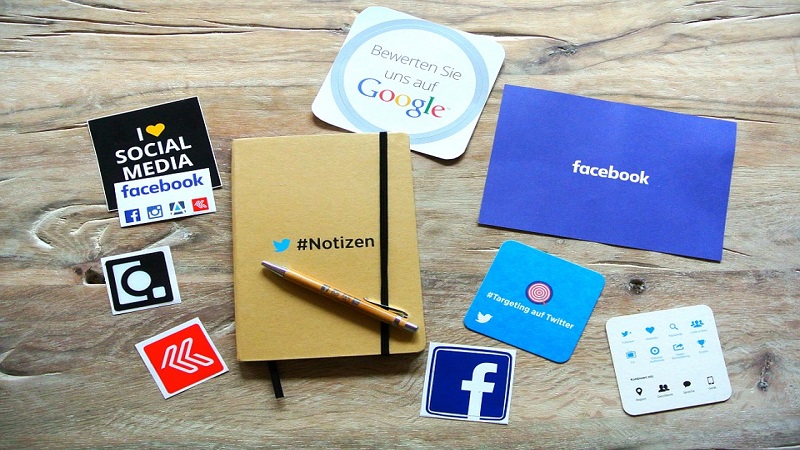Email in contact centres: 5 reasons to give it a second chance

Colin Hay at Puzzel assesses the latest research and believes it’s time to raise the bar for humble emails… Despite being the first of the non-voice multimedia channels, email was initially doomed to failure when it was introduced well over 10 years ago. With response times stretching into many days, if not weeks, appalling levels […]
Contact centre speed to answer increases by 27%

Analyst ContactBabel has revealed that the Average Speed to Answer for contact centres has increased by 27%, from 28.4 seconds to 36.1 seconds. The findings are part of the fourth edition of The UK Contact Centre HR & Operational Benchmarking Report 2014/15, a study of 215 contact centre operations examining salaries, attrition, recruitment, absence, training […]
New security and Web Chat features set to complement Intelecom’s existing solutions…

The provider of cloud-based multichannel contact centre solutions, Intelecom, has introduced its latest set developments which will enhance its current strategy of placing information security management and quality at the top of its priority list. The new security features build additional resilience into the contact centre environment with the introduction of two-factor authentication and an […]
Are industry professionals missing out on key cloud opportunities?

While the majority of contact centres are using cloud technology to some extent, adoption for many is ‘relatively superficial’, according to recent conducted by Aspect Software. Surveying 100 UK-based senior contact centre professionals, data indicates that even though the industry is ‘moving in the right direction’, Aspect believes the benefits of the delivery model for […]
Forum Insight: Business-proof your company and personal social media…

Of course, garnering a substantial social media following is important to all industry professionals and companies as a whole; however, a select few are still not implementing the basics to optimising their social presence. More than likely, your profiles will be the first thing new users look at to find out more information, and often dictate how your business, […]
Guest Blog, Gail Partridge: Holding memorable conversations with your customers…

Delivering a first-class customer experience should be the number one priority for any brand – it really is that important. It affects perceptions and memories of a business, and encompasses everything a customer goes through with that company. The contact centre is an important part of this, often called into action when something with the […]
Outsourced contact centre launches digital division…

With a dedication to provide a ‘new type and range’ of customised and results-driven social management services to UK companies, the Southend-based contact centre, Ventrica, has announced the launch of Ventrica Digital, its sister company that will allow businesses to generate new business leads through monitoring and engagement. Furthermore, businesses will also be able to […]

